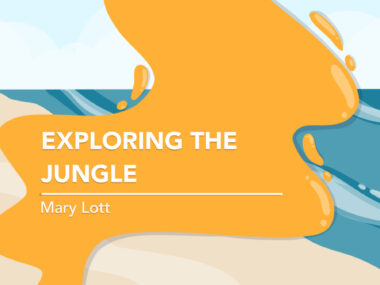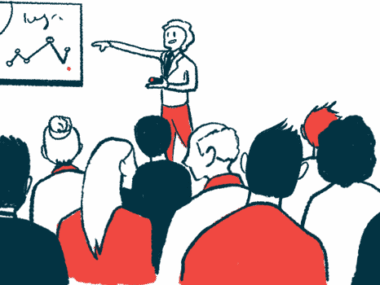Contingency plans are essential for both CAD and the tropics
Why I always have a go bag at the ready in two countries
Written by |

My husband and I went through our checklist. “Do you have a week’s supply of your inhaler?”
We try to keep supplies on hand, just in case. We have contingency plans for disasters, such as an earthquake. We’re ready to shelter in place or “bug out,” depending on the circumstances.
When we first began working here in Papua, Indonesia, the area was still a bit rough because of generations of tribal warfare. Papua is still under a Level 2 travel advisory by the U.S. State Department, which advises travelers to “exercise increased caution in Indonesia due to terrorism and natural disasters.” I’ve experienced some exciting earthquakes here.
But I disagree with the State Department about travel to this part of the world. I’ve thoroughly enjoyed our 30 years of living here, and I don’t feel less safe than I do in the United States, where I’m from. Still, I have a go bag packed and contingency plans prepared, just in case.
Go bags are always prepped
I also keep a go bag packed when I’m in the U.S. I’m always ready to be admitted to the hospital for treatment should I begin losing red blood cells (RBCs), a process known as hemolysis, because of my cold agglutinin disease (CAD).
CAD is an autoimmune, hemolytic anemia. I and others like me experience nearly constant fatigue because of a lack of RBCs, which are destroyed when we’re exposed to cold air. At that point, the cells clump together and are eliminated through natural processes. If that happens on an extreme level, I go to the hospital to receive a pint or two of blood.
My contingency plans in the U.S. are slightly different from those in Papua, where I need to notify my household helpers and arrange for maintenance while I’m gone. I also need someone to live in the house. Most important, I must find someone to take care our dog, Pokey.
Some things are the same in both places. I pack clothing. I pack toiletry items. I’m ready to pack my medications, although hospitals in the U.S. manage all drugs. I make sure I have my computers charged and have the appropriate power and extension cords and batteries.
In the U.S., I need a list of people to notify in case of emergency, so I have a printed one with my important email contacts. Included in that is my one-up here at Bionews, the parent company of this website, to let them know I’ll be missing a deadline or two. Any upcoming meetings with friends are also on the list, which I revise and finalize at the last minute. I hand it to my husband or whoever is my lay liaison while I’m in the hospital.
When to go
Last Monday about 8:30 a.m., I hopped on my motorcycle and set out down the main road. As I rode along, I scanned my side of the road looking for kiosks selling liters of gasoline in glass bottles. Several of the first ones were empty, which set off my radar. Did the military remove them so that fuel couldn’t be used to make a bomb?
I’m always looking for things like that. Is the traffic normal? Are there any crowds? Or, more ominously, are the streets empty when people should be out? Subtle signs matter greatly.
With CAD, I’m always looking at my urine. If the color is salmon or peach, I’m probably experiencing hemolysis. Next, I check my energy levels. If I brush my teeth and feel an energy drain, I may need to give my medical team a call. Having trouble speaking is an additional trigger point.
Here in Papua, we have levels of concern. We’re always at Level 1, exercising normal precautions. It’s possible that tribal feuds may begin to percolate and boil over to bystanders. I must pay attention!
As with the travel advisories, my CAD never lets me be at zero level (no danger), either. I must stay vigilant and watch for symptomatic trigger points.
It will be worth it all
I keep all of this on the back burner of my mind. The beauty of the jungle and the importance of the work we do make any dangers we encounter unimportant. Likewise, the beauty of life and the precious relationships I have make the challenges of CAD a nuisance, not a hindrance.
Two years ago, I received a call learning that a loved one was in the hospital on the other side of the world. I packed and was ready in 45 minutes. I’m always prepared.
Note: Cold Agglutinin Disease News is strictly a news and information website about the disease. It does not provide medical advice, diagnosis, or treatment. This content is not intended to be a substitute for professional medical advice, diagnosis, or treatment. Always seek the advice of your physician or other qualified health provider with any questions you may have regarding a medical condition. Never disregard professional medical advice or delay in seeking it because of something you have read on this website. The opinions expressed in this column are not those of Cold Agglutinin Disease News or its parent company, Bionews, and are intended to spark discussion about issues pertaining to cold agglutinin disease.






Leave a comment
Fill in the required fields to post. Your email address will not be published.